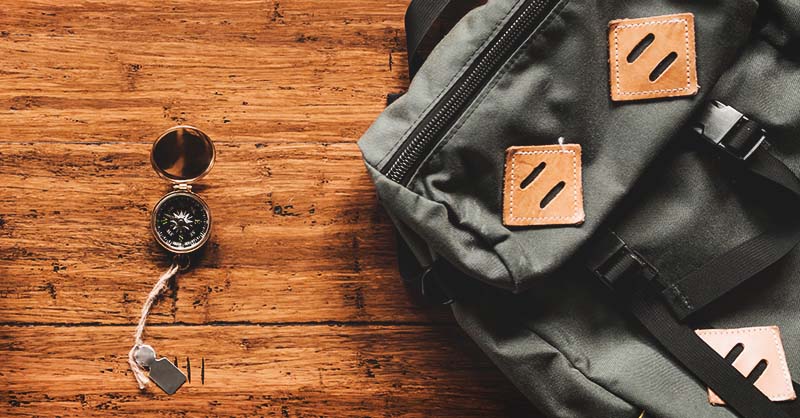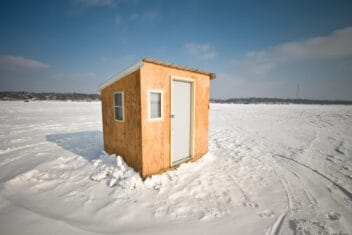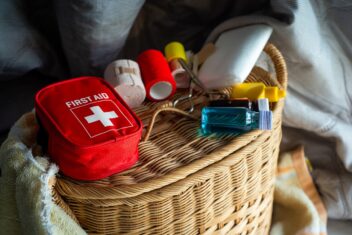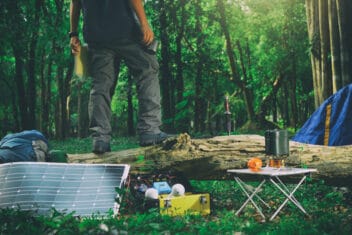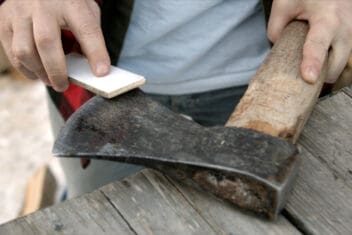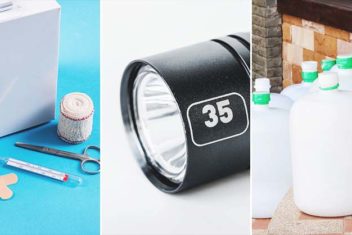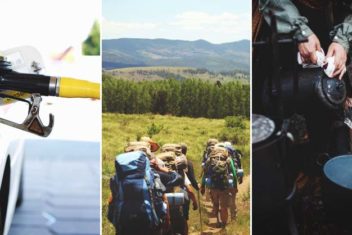Have you ever considered what you’d do if disaster struck, and you weren’t at home?
If you’re a prepper, chances are you’ve spent a great deal of time considering how to make your home ready, your bug-out shelter ready, and preparing whether you must bug-in or bug-out.
However, have you considered how much time you spend away from your home, and the likelihood of tragedy hitting you while you were away?
Your goal is to be thoroughly prepared for an emergency, which is why you should consider having an emergency ‘get home bag.’
If this is a new term to you, you’ve come to the right place. I’m going to share with you what a get home bag is and ideas for how to pack your get home bag to be prepared no matter where you are.
Here’s all you must know about a get home bag:
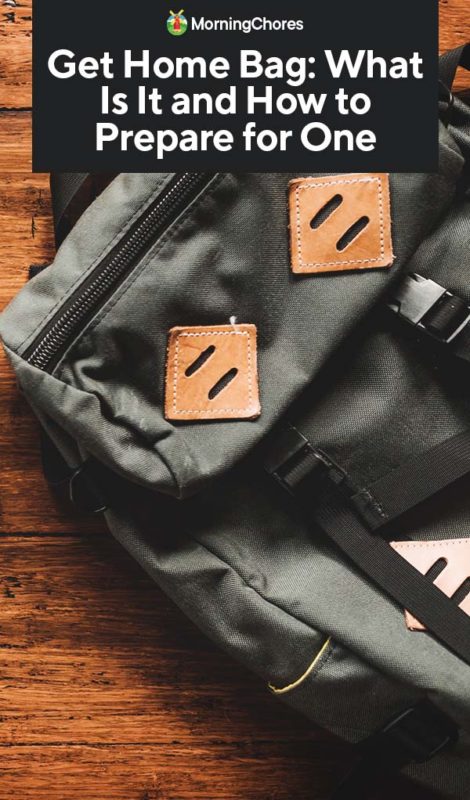
What is a Get Home Bag?
If you’re new to the idea of a get home bag, you may be unsure of what it is. A get home bag is a bag filled with survival items to help you get home safely, in the event tragedy strikes when you’re traveling.
When we consider tragedy hitting us, we assume we’ll be in the comfort of our own home. However, you could be on your way to work, at work, commuting home, at a doctor’s appointment, at the shops, or having lunch with friends.
The possibilities of where you could be when disaster hits are endless. Which is why a get home bag is such a great idea.
Keep in mind; you shouldn’t only prepare for end-of-the-world catastrophes when packing your get home bag.
In fact, you should consider many situations that could happen while you’re away from home and could make it difficult for you to get home safely.
Prepare for things such as snowstorms, power outages, tornadoes, earthquakes, landslides, fire, terror attacks, shootings, and yes, nuclear attack.
It’s a scary world we live in. Trying to be prepared for every situation is a responsible decision to make ahead of time.
What Should I Use for a Get Home Bag?
The idea of a get home bag is to help you arrive home in a safe condition. If you use bags that scream ‘get home bag’ you’re putting yourself at risk right off the bat.
If a survival situation actually arose, people are going to be frantic. If they see someone who is prepared, they’re going to want what you have.
Everyone may not be nice about it.
Therefore, choose a bag which will blend in. You could use a:
- Computer bag
- Large purse
- A container in your car
- Small backpack
- Diaper bag
- Gym bag
If you’re someone who commutes, having a bag of some sort would be the most practical option for you.
Choose basic colors but a high-quality bag. Don’t choose a design that looks like a military bag because, in a hard situation, it will stand out.
However, if you’re like me and near your car regularly, use it to your advantage. Fill a container and place it in the trunk of your car.
No one would ever know it’s there, and if you need it, you can retrieve what you must have to survive. Keep a modest bag on hand because if your car can’t function after the tragedy, you should have a way to take what you need with you if you must go on foot.
Items to Include in Your Get Home Bag
There are essential items everyone could use when they’re stuck in a tragedy and trying to get home to their safe place and loved ones.
If you have space, consider adding each of these items to your get home bag. If you’re working with limited space, consider packing only essential items.
You could consider storing some of the lesser essential items in your desk drawer at work or in a different location in your car. Here’s what you should consider including in your get home bag:
1. Food and Beverage

You will need a way to stay hydrated and nourished when trying to get home. Make sure you include these items:
- Water bottle
- Portable water purifier
- Energy bars
- Nuts
- Water purifying tablets
2. First Aid
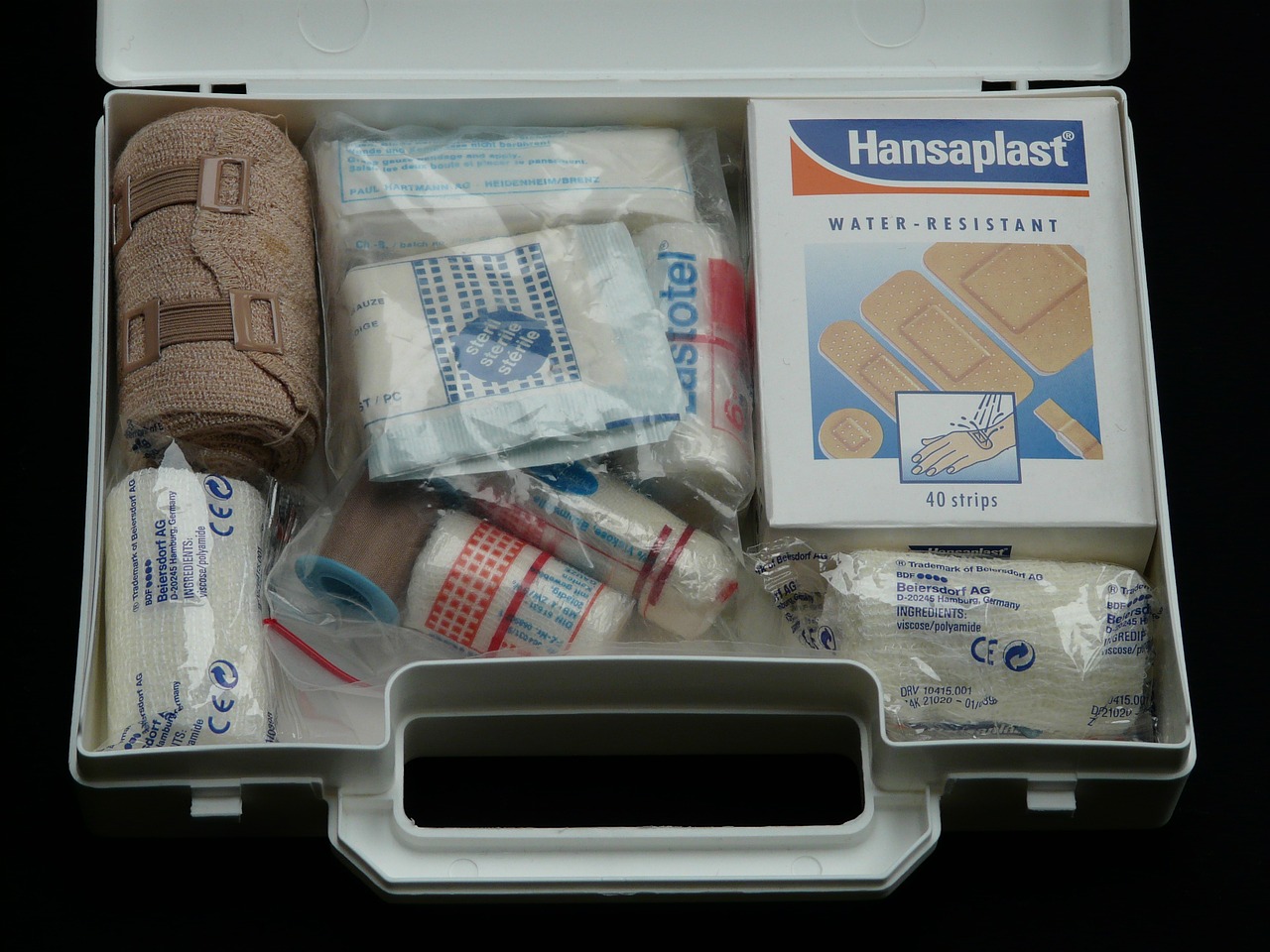
The possibility of you receiving an injury during a tragedy is a real concern. You should be prepared to deal with minor injuries while you’re trying to get home. Here’s what you need:
- First aid kit
- Medication
3. Protection
When things get rocky in this world, people seem to lose their minds. You must be prepared for this in a scary situation. Be sure to include these items in your get home bag to give yourself the greatest chance of arriving home safely:
- Some form of self-defense such as a taser, self-defense tactical pen, or self-defense keychain – be sure to research what the law says, and how to use these items correctly.
- Knife
- Pepper spray
4. Hygiene Items
Don’t assume because you’re fighting to get home; basic hygiene items won’t be needed. Sometimes cleaning ourselves up can be the boost we need to keep pushing forward.
Here are items you don’t want to exclude from your get home bag:
- Toothpaste
- Toothbrush
- Wet wipes
- Hairbrush
- Hair ties
- Sunscreen
- Bug spray
- Toilet paper
5. Clothing

You can’t be sure what the weather will be like when you need to get home. You must be prepared for any season. Be sure to pack these items:
- Hiking boots (you can leave them in your car)
- Rain gear
- Hat
- Sunglasses
- Gloves
- Extra socks
- Bandana – great for filtering water or protecting your lungs from breathing in unwanted materials
- Extra glasses
6. Tools
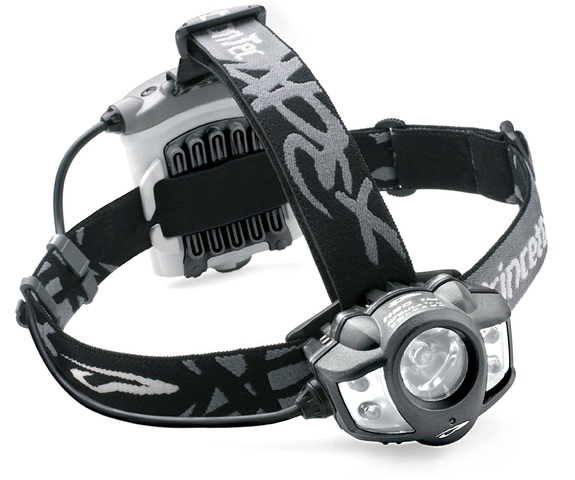
You’re better off when you have the necessary survival tools. It gives you a greater shot at coping with challenging situations. Be sure you include these tools in your get home bag:
- Pocket knife
- Flashlight
- Paracord
- Handheld radio
- Four-way sillcock key – this will open faucets on the outside of many commercial buildings
- Sleeping bag
- Dryer lint – to make starting a fire easier
- Duct tape
- Tarp
- Blanket
- Compass
- Map
- Cash
- Whistle
- Signal mirror
- Respirator mask
- Lighters
- Extra batteries
- Waterproof matches
- Cellphone car charger
- Solar cellphone charger
- Headlamp
- Binoculars
- CB radio (for your car)
- Multitool
You now know what a get home bag is and what you should include in it to give yourself the best chance of survival in a difficult situation away from your home.
If you prepare now, you may be able to make a hard situation a little easier in the future. Being prepared won’t hurt you.
As we’ve all heard, it’s better to have something and not need it, than to need it and not have it – so earnestly consider making an emergency get home bag for each traveler in your family.
